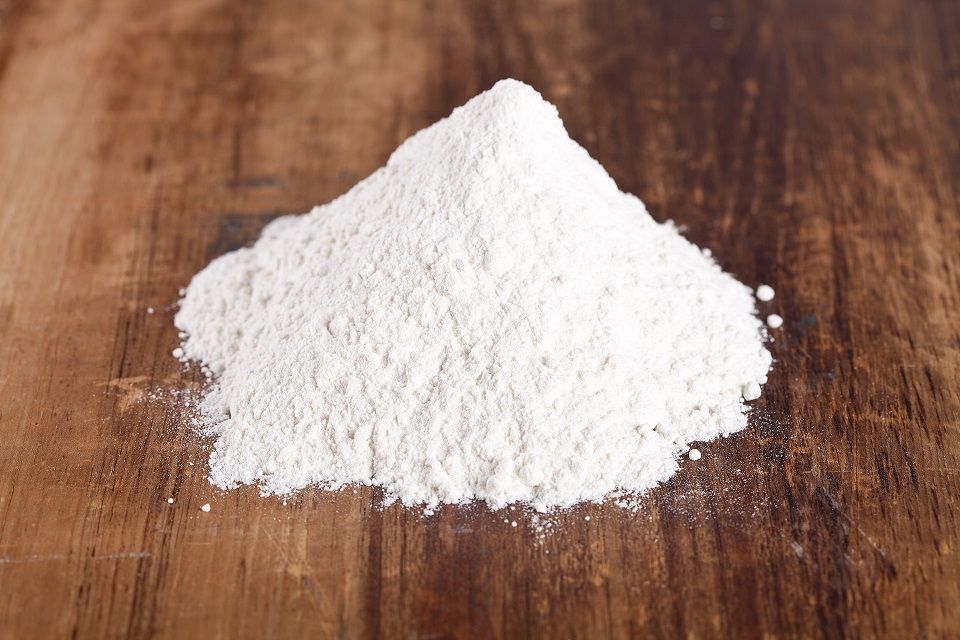Three types of surface modification methods for barite powder

Barite is a sulfate mineral of orthorhombic (orthorhombic) crystal system, with relatively stable physical and chemical properties, insoluble in water and hydrochloric acid, high density, good filling, non-toxic, non-magnetic, easy to absorb radiation, good Optical performance and other advantages, it is an important inorganic chemical product, widely used in petrochemical, building materials, plastics, coatings, rubber, automobile brake pads and other industries.
At present, the most effective method is to modify the surface of barite, so that the modifier forms an adsorption layer or a monolayer film on the surface of barite, changes its surface characteristics, and improves its dispersion and compatibility with organic matter. Sex, expand its scope of application, and increase the added value of the product.
The surface modification of barite and its application as a filler have been extensively studied, but there are still two issues in the modification of barite that need to be further studied: one is the selection of suitable modification methods and new modification methods. The first is the development of permanent methods to meet the needs of different types of barite and their application objects; the second is the optimization of modifiers and the development of new modifiers to meet the needs of products with higher performance.
At present, the modification methods for barite mainly include surface chemical coating method, mechanochemical method, chemical deposition method and so on.
1. Surface chemical coating method
The surface chemical coating method is a method of uniformly and stably coating the modifier on the particle surface by chemical action, thereby changing the surface characteristics of the particle.
The mechanism of chemical coating modification on the surface of barite: the surface modifier is adsorbed on the surface of barite or reacts with the hydroxyl groups on the surface to form chemical bonds, so as to organically coat the barite, and use steric repulsion or electrostatic interaction Prevent the collision between particles and cause agglomeration, thereby improving the dispersion of barite.
2. Mechanochemical method
The mechanochemical method mainly uses mechanical force to activate the surface of the particle, and promotes the chemical reaction between the particle and the modifier to achieve the coating of the particle surface.
Mechanochemical modification mechanism of barite: it mainly uses ultra-fine pulverization and other strong mechanical force to activate the surface free energy of powder particles purposefully, so as to change the surface structure, structure and performance of powder, and produce lattice distortion And dislocations, enhance its reactivity with the modifier, greatly improve the powder activity and improve the uniformity of particle distribution and enhance the interface between it and the matrix.
The mechanochemical modification process is relatively simple, the production cost is low, and it has been widely used in practical applications. It is mainly suitable for barite with larger particles, but for nano-barite with smaller particles, a single mechanical Mechanochemical modification is not effective. Further improve the uniformity of the action of the powder and the modifier in the modification process and reduce the amount of the modifier, improve the coating effect by combining with other modification methods, introduce new modification equipment to simplify the process, reduce energy consumption, and improve The environmental protection of the modification process, such as: jet mill, honeycomb, will be the development direction of mechanochemical modification.
3. Chemical deposition method
The chemical deposition method is to add a modifier or a precipitant to carry out a precipitation reaction on the surface of the particle, and after washing, filtering, drying, roasting and other steps, a coating film is firmly formed on the surface of the particle, thereby improving the optical, electrical and magnetic properties of the particle. , heat and other properties.
The mechanism of barite chemical deposition method modification: mainly through the chemical reaction to deposit the modifier on the barite surface to form one or more coating layers, this coating treatment can reduce the surface activity of the particles and prevent them Agglomeration improves the dispersion and stability of barite in different media. This method is mainly suitable for the modification of inorganic surface modifiers, but the reaction process is not easy to control to obtain a uniform coating layer. Therefore, it is necessary to further explore the process conditions and the influencing mechanism that affect the deposition uniformity in the chemical deposition process, so as to improve the controllability of the process.













